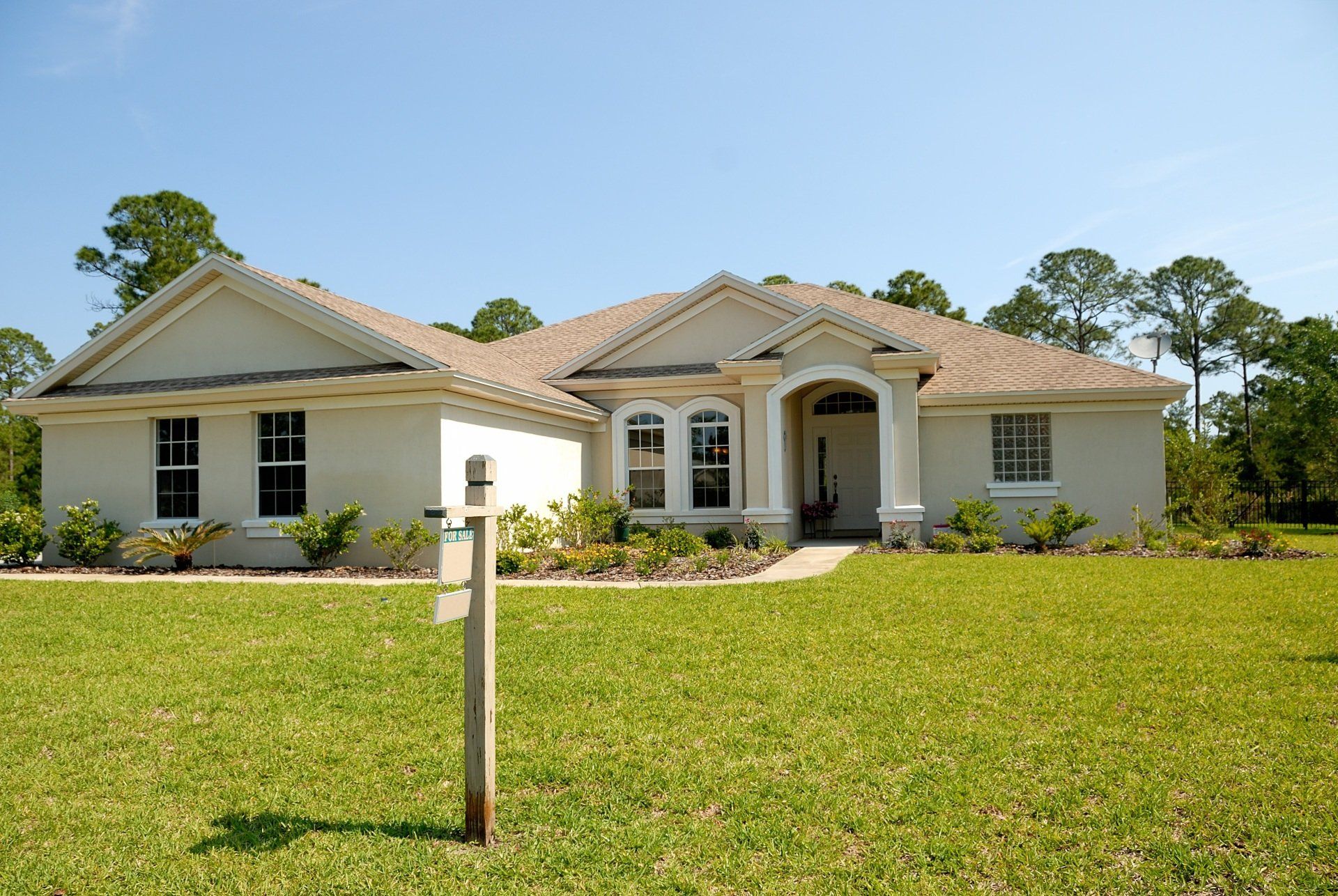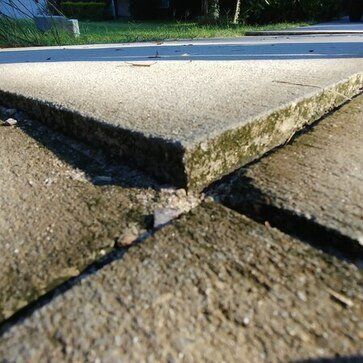Avoid Common Pitfalls: Must-Read Advice Before Installing Your Sump Pump
Ultimate Guide to Sump Pump Installation: Ensuring Dry Basements and Efficient Water Management
Installing a sump pump in your basement is an essential step towards protecting your home from water damage. Whether you're dealing with high water tables, storm surges, or simply want to enhance your home's resale value, understanding the nuances of sump pump installation is crucial. This guide aims to equip homeowners with the knowledge to avoid common pitfalls associated with sump pump installation, ensuring a dry basement and an efficient water management system.

Understanding Sump Pumps
Before diving into the installation process, it's important to understand what a sump pump is and its role in your home. A sump pump is a device that automatically removes accumulated water from a sump basin, commonly found in the basement of homes. Its primary function is to prevent basement flooding and mitigate dampness that can lead to mold and mildew growth.
Types of Sump Pumps
- Submersible Sump Pump: This type sits inside the sump pit and is designed to be submerged in water. It's quieter and generally more efficient but can be more expensive than its counterpart.
- Portable Sump Pump: Portable pumps are versatile and can be used in various locations but may not offer the same power or durability as permanent solutions.
- Sewage Pump and Septic Pump: Though not specifically designed for rainwater, these pumps are used for moving sewage waste and effluent. Their installation and function differ significantly from sump pumps but are worth mentioning for comprehensive water management systems.
- Septic System Pump: An essential component of a septic system, used for pumping effluent from the septic tank to a drain field.
Pre-Installation Considerations
Choosing the Best Sump Pump
Selecting the right sump pump is pivotal. Factors to consider include the size of your basement, the volume of water to be managed, and whether you need a primary pump, a backup, or both. For most residential applications, a submersible sump pump offers the best combination of efficiency and quiet operation.
Sump Pump Basin
The sump basin, or pit, is where water collects for the pump to remove. The size and depth of the basin should be appropriate for the volume of water your basement collects. A too-small basin will result in the pump running constantly, shortening its lifespan.
Sump Pump Drainage
Proper drainage is crucial to the effectiveness of your sump pump system. Ensure that the discharge line leads water away from your foundation to prevent recycling of the same water.
Basement Water Pump System Considerations
A comprehensive basement water pump system may include a primary sump pump, a backup pump in case of primary failure, and even a battery backup system for power outages. Assessing your risk level and water volume can guide your system's complexity.
Installation Steps
- Location: Identify the lowest point in your basement where water accumulates for the sump pit location.
- Digging the Pit: Dig a hole for the sump basin that is both wide and deep enough to accommodate your chosen basin.
- Installing the Basin: Place the sump basin in the hole, ensuring it's level. Fill around it with gravel for stability and drainage improvement.
- Pump Installation: Place your submersible sump pump or the best sump pump you've selected inside the basin. Ensure it's sitting on a stable platform within the basin to prevent tilt.
- Discharge Pipe: Connect the discharge pipe to your pump, ensuring a tight fit to prevent leaks. The pipe should extend away from your foundation, discharging water where it won't return to the basement.
- Check Valve: Install a check valve on the discharge pipe to prevent backflow of water into the basin.
- Electrical Connections: Follow the manufacturer's instructions for electrical connections, ensuring safety and compliance with local codes. Consider a backup power source if your area experiences frequent power outages.
- Final Testing: Test your pump by pouring water into the basin to ensure it activates automatically and drains the water efficiently.
Maintenance Tips
Regular Testing: Test your sump pump regularly by pouring water into the pit to ensure it starts automatically.
Clean the Pit:
Keep the sump pit free of debris that could clog the pump.
Check the Discharge Line:
Regularly inspect the discharge line for clogs or freezing during cold months.
Battery Backup: If you have a battery backup system, test it regularly and replace batteries as recommended by the manufacturer.
Common Pitfalls to Avoid
Ignoring Capacity: Choosing a pump that's too small for your needs can lead to inadequate water removal and potential flooding.
Poor Installation: Incorrect installation can result in pump failure, including improper placement of the pump, basin, or discharge line.
Lack of Maintenance:
Failing to maintain your pump can lead to clogs, mechanical failure, and ultimately, basement flooding.
Conclusion
Sump pump installation is a critical measure for keeping your basement dry and protecting your home from water damage. By understanding the types of sump pumps, considering pre-installation factors, following thorough installation steps, and adhering to regular maintenance practices, homeowners can ensure their sump pump system operates efficiently and effectively. Avoiding common pitfalls associated with sump pump installation not only extends the life of your pump but also secures your home against water-related issues.
In conclusion, a well-thought-out approach to sump pump installation and maintenance can safeguard your home from water damage, enhance your living environment, and provide peace of mind during adverse weather conditions. Whether tackling the installation yourself or hiring professionals, the key lies in thorough preparation, understanding the system's operation, and staying proactive about maintenance and troubleshooting.



